
One of the most important lessons I’ve learned as a game designer is to know when to kill your darlings. As much as you may love a design concept, mechanic or character class, sometimes you have to just bite the bullet, take it out back, and shoot it in the head. This will make your game better, but it's a tough and painful process.
The Stress mechanic in Salvage Union, a post-apocalyptic Mech tabletop RPG, was a good example of this. Stress allowed a Pilot Character in the game to 'Push' themselves in order to re-roll the dice. When they did this they'd gain 2 Stress, and have to make a Stress check. A failed Stress check could mean them running away, freezing up on the spot, or making a bad decision in the moment. Stress could also build up via the narrative, for example if the Pilots saw a Mech explode, their allies flee, or they witness something horrific in the world.

Salvage Union uses a simple, d20 core resolution mechanic with variable results. This roll is never modified in any way, making 'Pushing' for a re-roll the main way in the game you can manipulate the die roll.
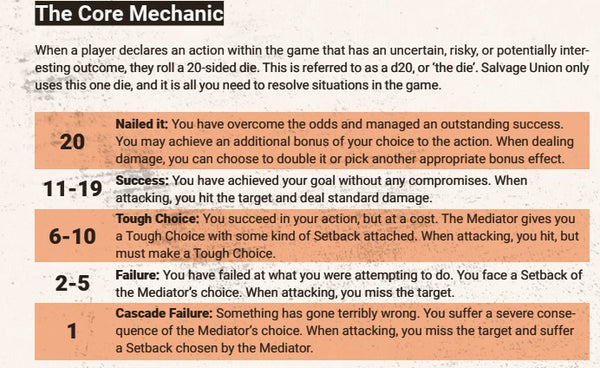
The Push mechanic was initially designed to be used in your Mech. When you Push your Mech you can re-roll the die but you gain 2 Heat and must make a Heat Check, if failed your Mech can shut down, lose parts or even explode.
We added Stress as the 'Pilot' equivalent of Heat that allowed you to Push whilst outside of your Mech and during situations where Pushing your Mech wouldn't make sense such as negotiations.
There was a neat symmetry to the Stress and Heat mechanics and they became part of the early playtests as well as the initial QuickStart version of the game, and felt like they worked well.However the more we play tested and developed the game, the more it felt like Stress was causing more issues than it solved.
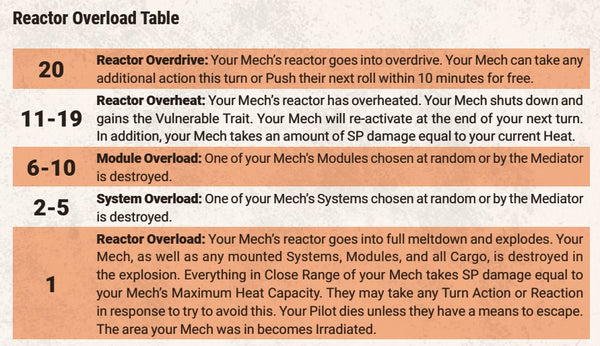
One of the core design goals of Salvage Union is that it's intended to be a simple and accessible game. Stress added another layer of complexity to the game, by being another stat to track across your Pilot and Mec sheet. There was also confusion during play as to whether your Mech or Pilot could Push, which slowed down the game as players sought clarity, or tried to negotiate for one over the other.
Stress made re-rolls that bit too easy in game, between Stress, Heat and character background re-rolls, it felt like players were constantly able to re-roll the die, and it was more of a choice of what resource they’d use than whether they’d risk it in the first place. We wanted resource management, and pushing, to feel like a meaningful and often risky decision rather than a box checking exercise.
Stress felt disconnected from the rest of the game, there were a lot of ways players could interact with Heat, from Modules that could cool a Mech, or make reactor rolls safer, to weapons that generated Heat, to Systems that could increase the Heat Capacity of a Mech. However there were far less ways to interact with Stress. You could use your 'Keepsake' to reduce Stress, and there was a 'Personal Recreation Module' that could reduce Stress as well, and that was about it. We pondered adding weapons that would add Stress when you shot them, much as 'Hot' weapons add Heat, but it felt a bit convoluted and a way to bloat the game out for the sake of bloating it out. I'm of the opinion that if a mechanic in a game isn’t referenced by other mechanics, abilities and systems it’s vestigial and likely is something you can cut.
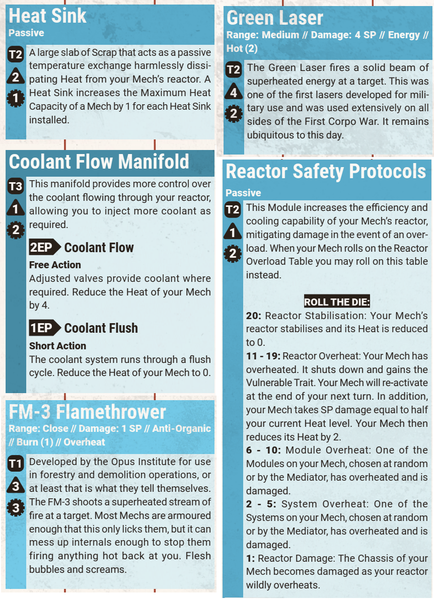
Stress further raised issues in respect to player agency. Stress could result in your character making a bad decision in the moment, freezing up, or running away. These are inherently things that remove agency and we wanted Salvage Union to be a game where player agency was incredibly important to the play experience. When your Mech shut down from overheating, your Pilot character could still do something about it, whether fighting on their own, or trying to find a way to repair the Mech. When your Pilot 'shutdown' you could just twiddle your thumbs and wait for it to end.
I remember watching an early actual play where a player rolled a 1 on the Stress Table, the 'Catatonic' result, and could do nothing but sit there, which really sucked. We updated the Stress Table to remove that result and make it cleaner and smoother, however this ultimately didn't fix the underlying problems with the mechanic.
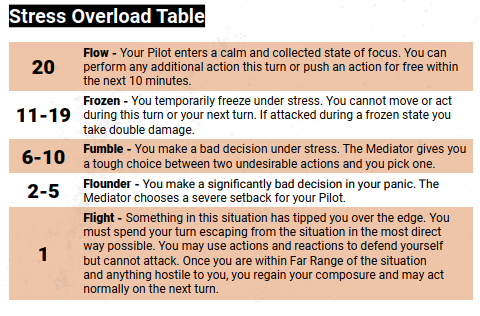
Stress works well in horror games like Mothership and Alien because it mechanises the slow build up of tension in a horror scenario, and horror games have more leeway to mess with player agency due to the nature of the genre, but Salvage Union isn’t a horror game, whilst it has survival elements, its themes are about hope rather than a loss of control and the game wants to encourage exploration and adventure rather than terror.
Stress also had issues in respect to verisimilitude within the game, if a Pilot was trying to barter a trade deal with some wastelanders, they could roll Stress, fail and end up running away from the bartering table. This could be funny, or reframed narratively, but also felt quite at odds with the fiction.
Salvage Union is a narrative focussed game and failed rolls are never intended to be described as the character doing something stupid, instead they’re more a result of misfortune or taking a risk and it not paying off. Stress could make player characters feel or act stupidly which went against this principle.

There were positives to the Stress system. Killing your darlings is hard because there's often a lot of good reasons to not kill them, which is why they have a habit of lingering well past their due date.
Stress made the Pilot portion of the game feel more robust, re-rolling is a powerful mechanic and being able to do so as a Pilot did give players more of a safety net. We did want players to feel like they could get out of their Mechs in Salvage Union, and Stress helped encourage non-Mech play to a degree.
A means for your Pilot to be affected whilst in the Mech was an interesting design space, the Mecha genre has lots of examples of Pilots being shown gritting their teeth as they mentally, and sometimes physically, get knocked about in their cockpit during a showdown, and Stress was a means to emulate that.
There’s a neat symmetry to Stress and Heat, once you explained one the players got the other as well and it made Mechs and Pilots. I think it can be dangerous as a designer to get too attached to symmetry but I understand the draw as well, it was clean and 'felt'
Players liked Stress, the first few playtests where we cut it saw players giving us feedback that they wanted it back. Players will always like having more options, so cutting something they're used to having will generally not go down well. However sometimes you have to do it for the good of the game, and we also saw that players who weren't aware of the Stress mechanic didn't seem to miss it.
Stress was a hard one to cut, we’d published two iterations of the Quickstart (1.2 and 1.5) with Stress in it. We had a handful of mechanics that tied to it, and it was printed on the character sheets and something early players were familiar with. We did it anyway, deciding during one of our development meetings (at the pub) to cut it, and the game was better as a result.
Play is now simpler, smoother and less confusing. Pilot character elements have become more prominent as a result of stress being removed too. Each Pilot in the game has a Background, Keepsake and Motto which ties to their character, and these can be used to re-roll the die when doing an action that relates to them in some way. For example 'Dog-Tag' could be used to re-roll during a combat, or a 'Wastelander' background might let you re-roll when trying to get safe passage through a settlement. The removal of Stress made these character elements more prominent in play as they're now the only way the Pilot can get a re-roll, which helped encourage roleplay and character connections during sessions.
That's an example of one of many 'darlings' we killed during our design of Salvage Union, the games Crafting System, which you can read about in this blog, was another good example, design is always an iterative process and cutting is an important part of it.

So how do you actually go about killing your darlings?
A strong initial design document detailing your design goals helps immensely. Salvage Union was pitched as a simple and accessible Mech game, so cutting a mechanic that caused confusion and added complexity seemed sound. If we were designing a more complex Mech game, we may have gone the other direction with and added more mechanics that integrate with stress. It's not just about cutting content, it’s about identifying what doesn’t work and finding design solutions that resolve it based on your design goals.
Playtesting is important, in the early playtests Stress seemed to work, but the more we play tested and added to the game the more we realised Stress was causing issues during play. You should be playtesting with your design goals in mind and with an eye towards cutting things that don't work rather than just adding stuff to fix problems.
Finding ways to get perspective on your design, this could be showing it to someone else for feedback, or trying to read through it with a more objective view in mind. Look at each mechanic and try to ask yourself why they’re in your game. If the only justification you have for a mechanic is a ‘gut feeling’ that it’s good but nothing else is holding water, it may be something that you’re attached to but isn’t adding much to the play experience.
Be willing to do it and see cutting content as a benefit rather than losing out on something. It's hard when you've created something to let it go. Much like removing superfluous text when editing a document, removing mechanics from a game will make the game better. There's a temptation, with tabletop RPG's in particular due to their vast scope, to keep adding content to a game until its ready to burst. However good design tends to be that which is tight, focussed and shaves off as much chaff as possible and killing your darlings will help you make better games.
We'd love to hear from you about your thoughts on killing your darlings. What darlings have you killed in your game? Are you struggling with a particular darling now and not sure what to do? You can comment on the blog, or tag us on social media below.
Interested in playing Salvage Union?
Salvage Union is now available to buy here.
You can join the Salvage Union Open Campaign and play the game. More info here - https://leyline.press/pages/salvage-union-open-campaign-2024
You can join the Salvage Union Discord here - https://discord.gg/gmM6jTT8qm
Interested in designing Salvage Union content? We have an open license allowing you to create and publish Salvage Union adventures, new content, or even a complete overhaul, all entirely royalty free. Read it here - https://leyline.press/pages/salvage-union-open-game-licence-1-0a
Follow Salvage Union on Twitter - @salvageunion
Follow Salvage Union on Instagram - @salvageunion
Subscribe to the Leyline Press newsletter here to receive updates Salvage Union and our other games.
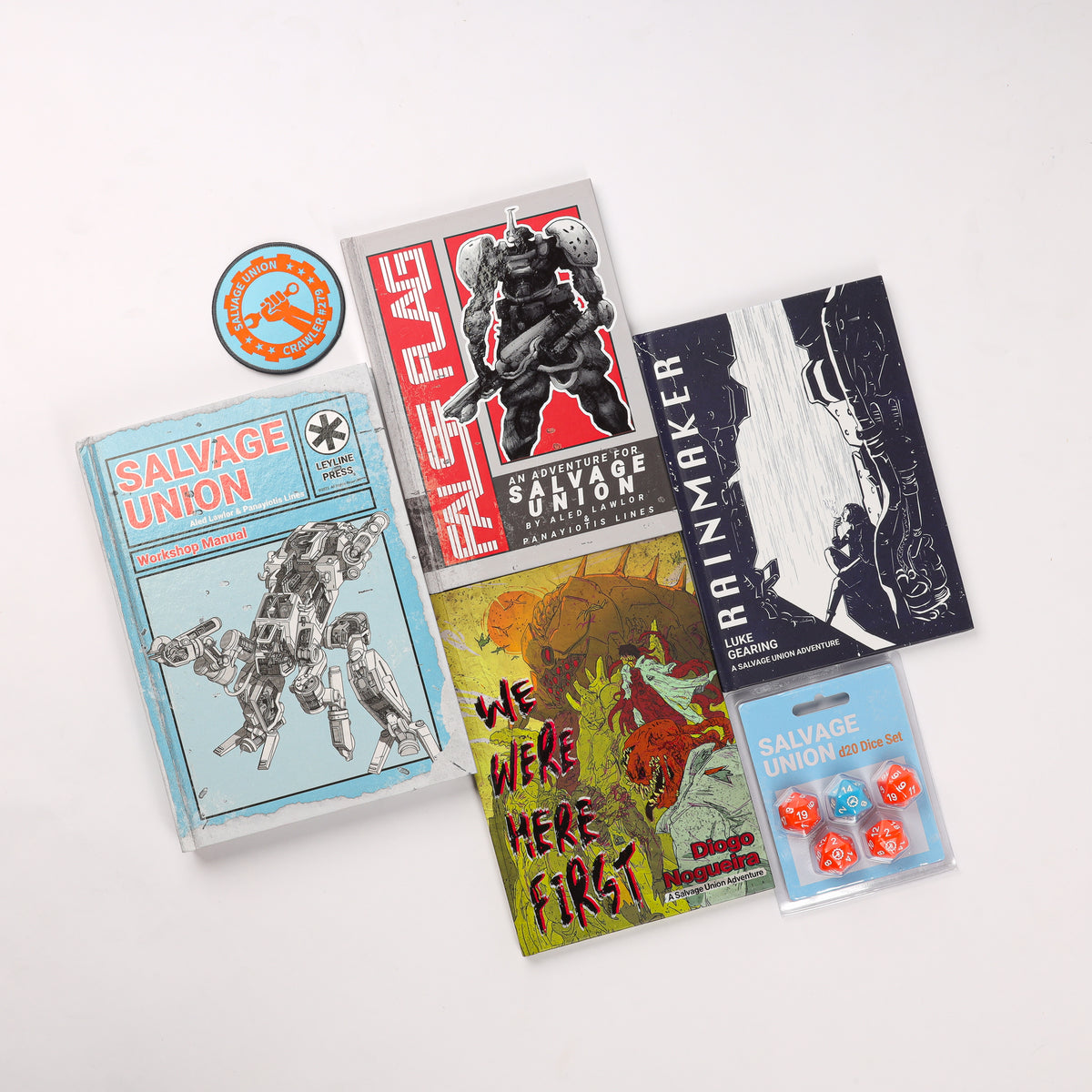
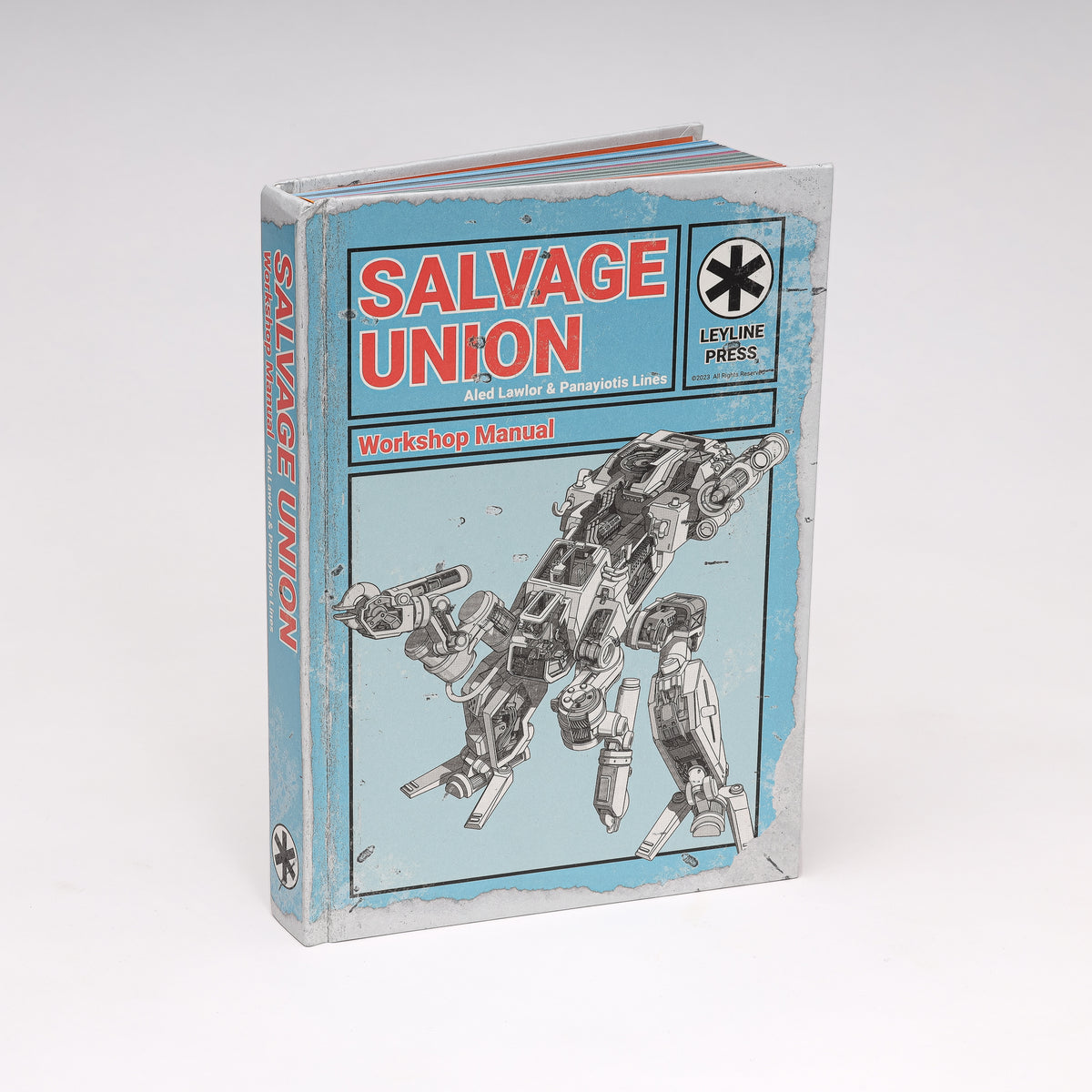
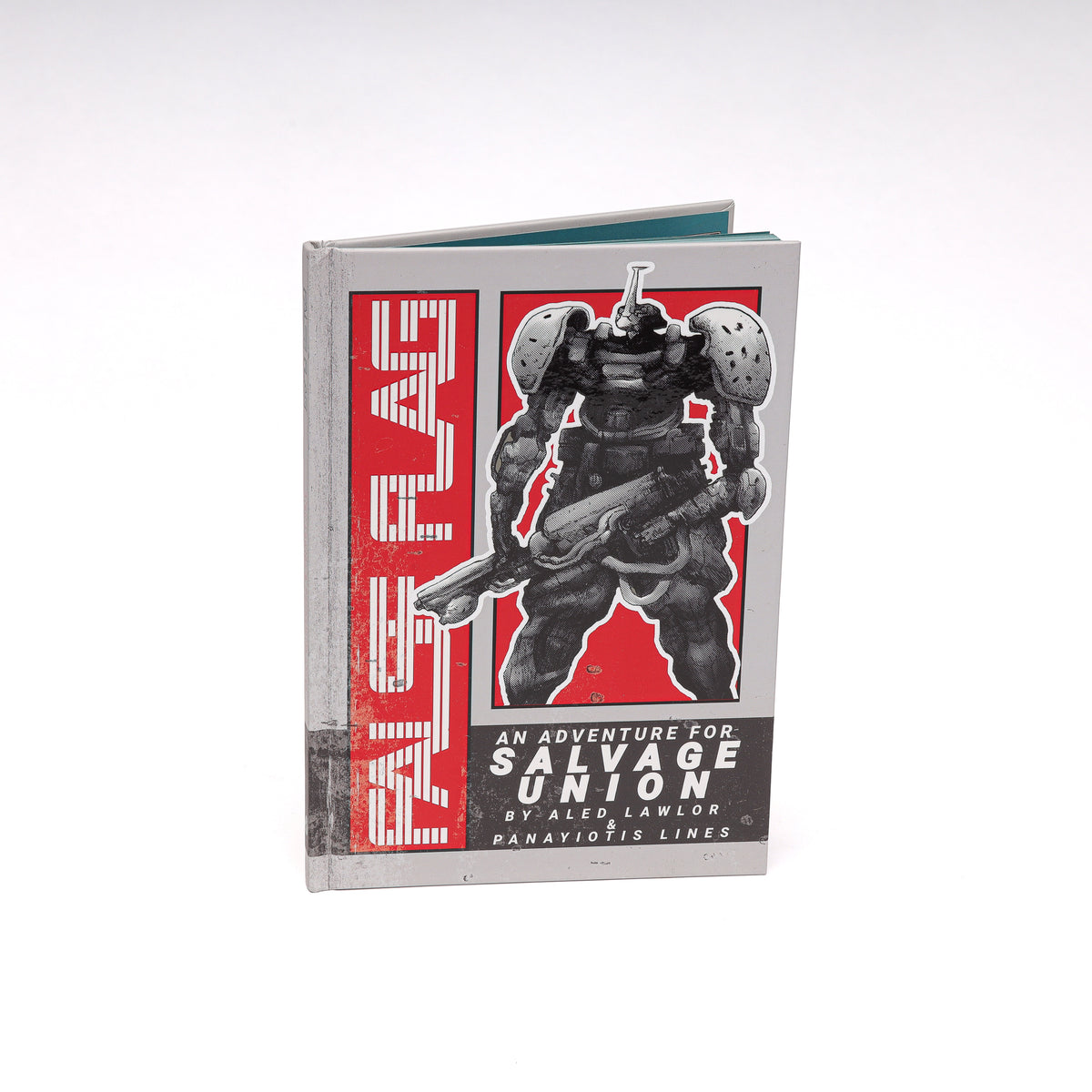
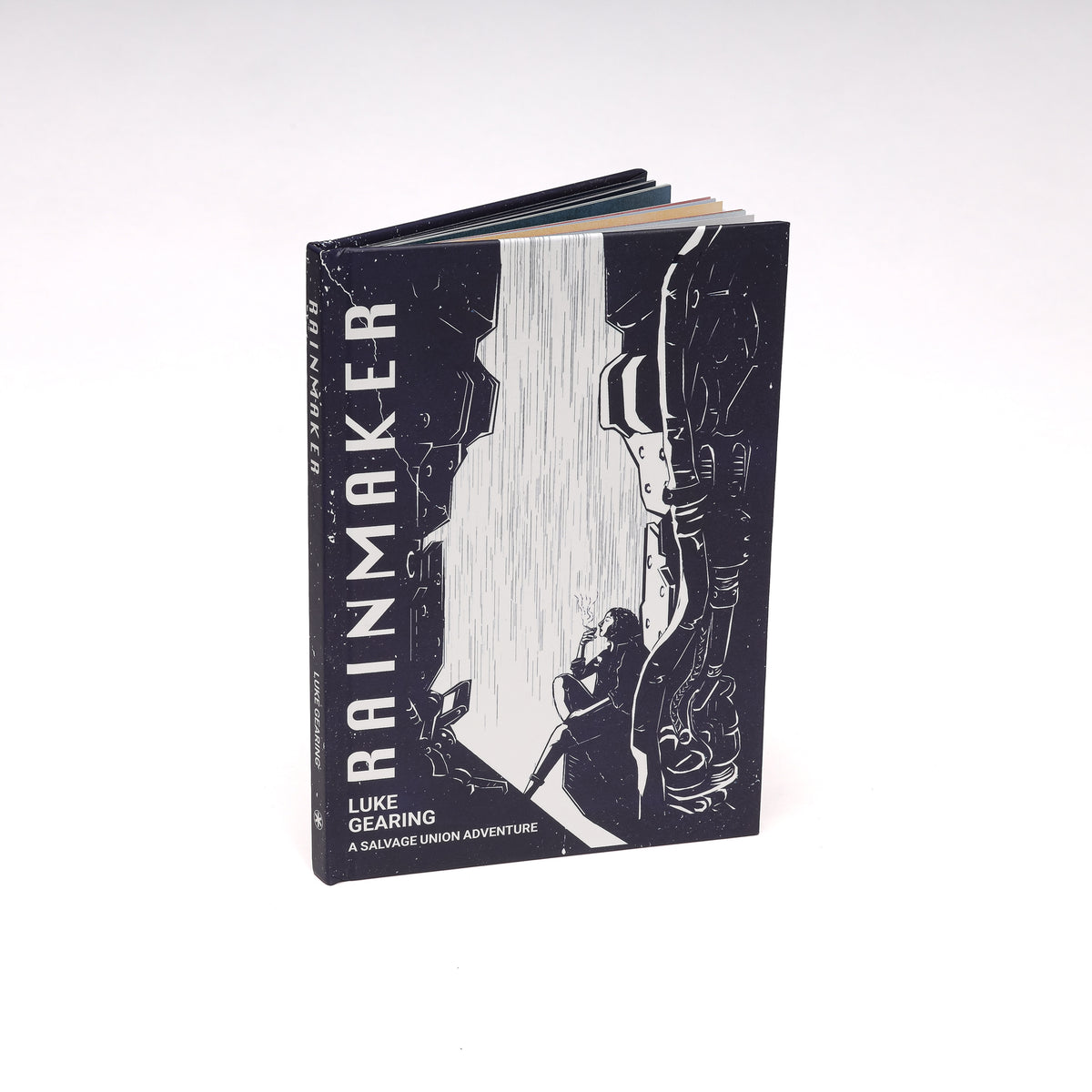

1 comment
This is a really fascinating insight into a game’s production! Some bits of it remind me of Robin D Laws’ article on playtester feedback, which I re-read about once a year. Especially this line:
“Proposed solutions to design issues are almost always unhelpful. Nine tenths of the time they add additional complexity without taking the whole of the rules engine into account. Share them only if the designer asks.”
https://pelgranepress.com/2015/08/26/see-page-xx-the-gentle-art-of-playtest-feedback-wrangling/